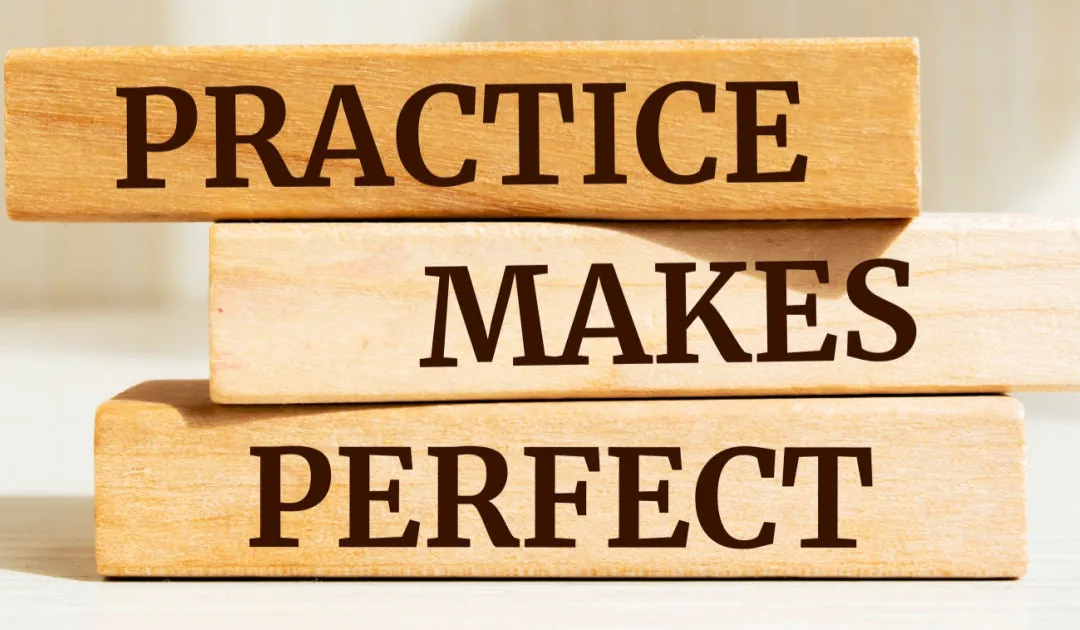Cathy Kirby offers tips on changing Practice Management Systems in a recent feature in PI Focus from the Association of Personal Injury Lawyers (APIL)
Changing your practice management software – or any part of your major business applications – is not a decision that can be taken lightly. While outdated software is often cited as a ‘blocker’ to the efficient delivery of legal services, that software is likely to be fundamental to the delivery of key back office services and processes such as financial management, business management and compliance.
Firms are often ‘forced’ into implementing a new system, due to vendors announcing an ‘end of life’ date for older products, or fundamental changes in IT infrastructure or operating system versions.
But while the current system may be classed as outdated, it will often have been tailored to your needs.
So change of this nature is almost always significantly disruptive; and with the ever-increasing pressure on chargeable time, productivity and recoverability, it is important to understand the impact and to be very clear on the objectives.
What do you need from the new system?
The first step is to establish your requirements and build your objectives from these.
With a full practice management system replacement, this will most likely mean speaking with representatives from across the firm, from legal teams and operational teams, including the varying role types within each. While each individual’s personal requirements may not be easy to meet, you will find that general themes emerge, and these will become your objectives.
Firms with key workstreams in personal injury and related practice areas will obviously want to focus on elements such as the competing needs of the management of large scale (eg. volume RTA) and long term matters (eg. clinical negligence); simplification of the process of sharing of bulk documentation; key date management; disbursement management and, where deputyships may be a factor, ongoing management of the client’s financial affairs and annual cost reporting. This last point is rarely covered adequately in any full practice management system, and needs special consideration.

Next steps
Once you have a complete set of requirements you can move forward to the tender process, engaging with those suppliers that meet the greatest number of your requirements.
Be aware, though, that the 80% rule of thumb applies – you are unlikely to have your full set of requirements met by one provider alone. You also need to be very careful with how vendors respond to your questions. Often they will say the product ‘can’ do something, via customisation, without detailing how much time that customisation would take and the maintenance overheads it will introduce. Note that ‘customisation’ is the process of developing custom fields, screens, workflows and so forth. ‘Configuration’ is the process of setting options on existing core functionality (for example turning modules on / off, setting values for drop downs and so forth).
At this stage you may also need to consider integration with other software that specifically meets certain requirements (often called ‘point solutions’). Examples of this would be anti-money laundering checks, court services and perhaps more advanced solutions for areas where the selected practice management system may be weak, such as time recording or reporting.
These point solution providers will also need to be invited to tender, and should be asked to demonstrate their ability to integrate with other potential solutions, with reference sites where possible.
The current market
The practice management system market is a difficult one at the moment. Many of the systems have changed ownership over the last three years, and we now have different systems under the group ownership. For example The Access Group owns Proclaim, Select Legal and DPS Spitfire under the ‘Access Legal’ banner. This can make the tender and selection process much more complex.
In particular, it is important to ensure that you understand the road map for the product suite – for example, establishing which will be the flagship product for the future, and what does that future look like? It is very hard at the moment to see any true innovation coming from the PMS market, but there are pockets of interesting development coming down the track, which are worth covering in detail with the suppliers to see what impact these might have on your future use of the software.
At present it seems that some of the more exciting new software development is coming from the point solution market, for example in the areas of anti-money laundering, source of funds and secure collaboration / matter management sites (for clients, fee-earners and other parties). This may be because the supplier has kept the focus relatively small so that they can dedicate themselves to meeting and hopefully exceeding requirements for that specific function.
It is also highly likely the focus on these areas has been driven by Covid, and the need for law firms to interact with clients remotely. However, it is important then to consider whether your potential practice management system solution has part of that function covered, in which case the question is whether you invest in enhancing that solution, or in integrating with the point solution. There are pros and cons for each approach. A single product reduces system complexity, keeps continuity and reduces training, whereas an integrated point solution introduces additional product expertise and possibly improves functionality and usability.
The area that may be found to be disappointing for this readership is around the process management of deputyship work, where the limited available solutions are either legacy products or they are standalone products, with little option for true integration.
Battleship strategy
As you can see, the likelihood is that you will be selecting more than one product in the tender process, so it is important to factor in the cost of additional integration work by each of the suppliers, plus potential external developers if you want to do anything out of the norm, or you want to get through a customisation cycle quickly.
Software suppliers often have limited resources to apply to development and customisations, and may become a source of project delays if relied upon.
With this in mind, we would normally recommend you embark on a ‘battleship’ strategy. Start your selection process by trying to find a solution that meets all of your requirements. Once you understand the limitations, look for those tactical, more nimble cruiser ships which support the main battleship.

A dose of realism
This leads to my final point, which is the setting of reasonable expectations. When meeting with staff in the early stages, it is easy to create an atmosphere of excitement and the feeling that all of the concerns they have raised will be met with the slickest of solutions. While the excitement is definitely to be encouraged, a healthy dose of realism must also be administered.
Regular communication with the whole firm from the outset is essential to ensure that expectations are set and reinforced throughout the project. Training and engagement are areas where full investment is essential. You may select and develop the best systems, but if you lose your stakeholders along the way through poor communication or training, your project is most likely to fail.
Post go-live adoption is the hardest part of all practice management system projects. It is highly likely that as part of the implementation, the existing business processes were changed, and that training had to occur several weeks prior to go-live. It is often several weeks if not months before users feel comfortable just navigating the day-to-day operation of the system, never mind getting to grips with newer functionality and redeveloped processes.
It is very hard to get busy fee-earners to take days of time out of their diaries to attend training, or to spend time getting to know the system or new processes. It is essential that the firm builds a positive change culture, and a consistent message that training time is essential, not a ‘nice to do’.
Replacing your Practice Management System will be a lengthy project, with ups and downs, positives and negatives, and it should be understood that all new software takes time to become embedded and to be used in the best possible way. Establishing the fundamentals of project management from the outset, through to delivery and longer-term system management, will help to ensure that your project is successful, and your investment is maximised.
Written by…

Cathy Kirby
01908 592 570
Latest Articles
Baskerville Drummond in elite Band 1 of Chambers new guide
Baskerville Drummond is delighted to announced that it has been given a Band 1 rating in Chambers and Partners’ new LawTech Consulting guide. In common with all Chambers’ guides and directories, this is an independent evaluation of market players, with research...
Why does an Email address matter?
“First impressions count” is an old, somewhat superficial saying which nevertheless portrays a simple yet powerful message. It is human nature to make snap decisions or form impressions of someone or something with minimal information but based on often subconscious...
Chat GPT
Over the last few months, it has been impossible to avoid the explosion of “AI” news with a plethora of new developments and products being discussed on mainstream news, in the legal press, LinkedIn and networking events. Huge and exciting strides are being made in...
Talk to us today
Get In Touch







